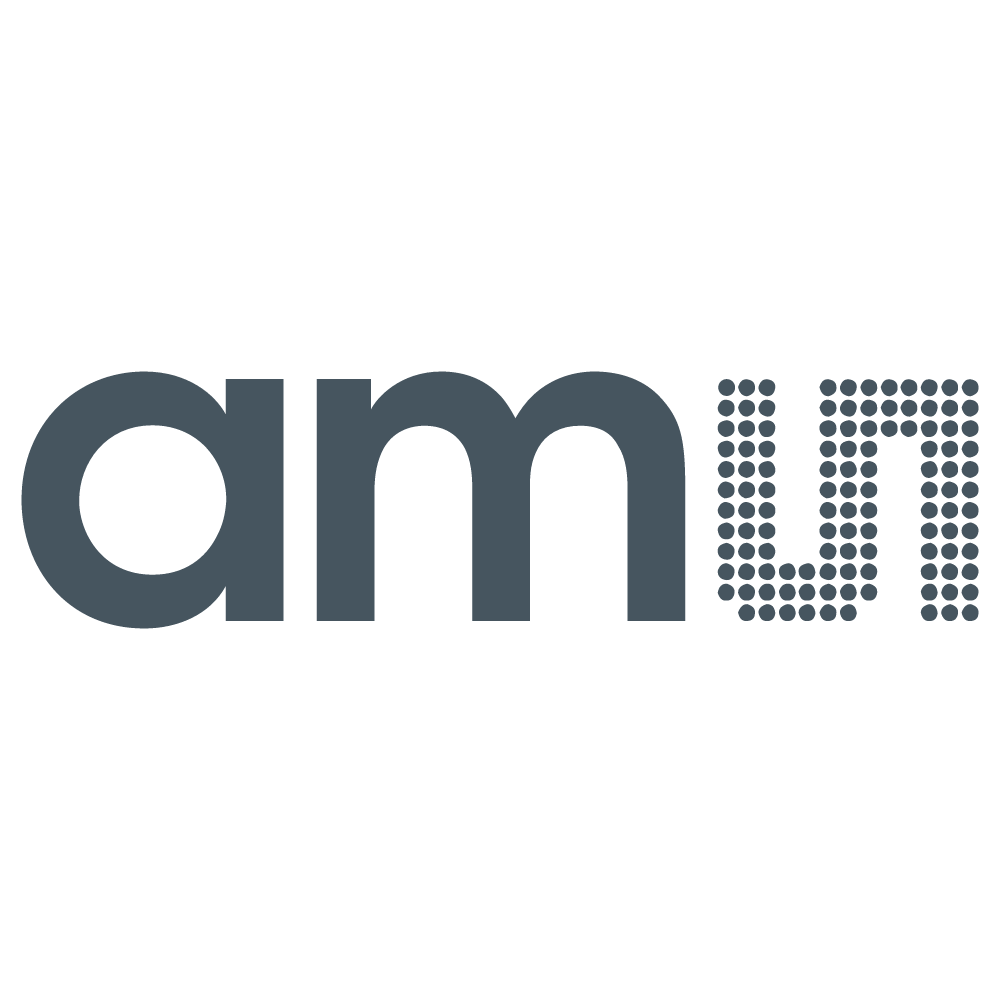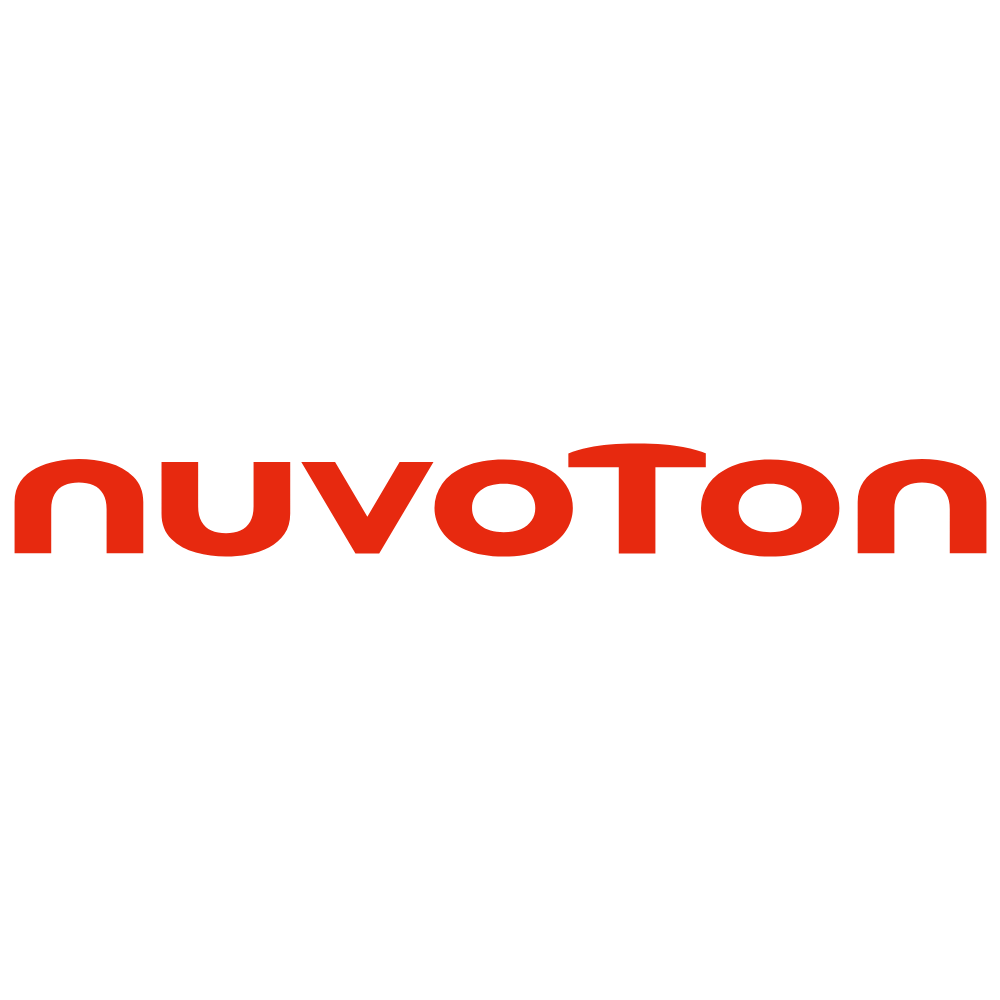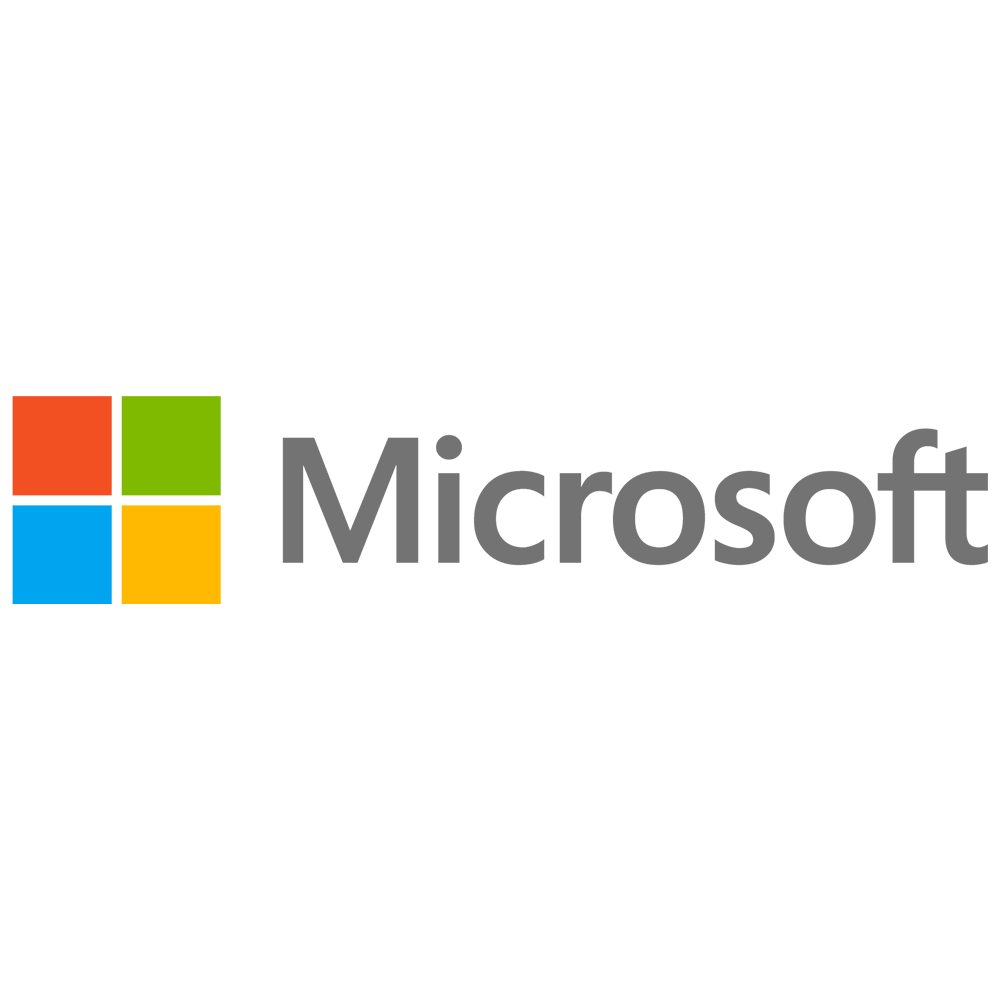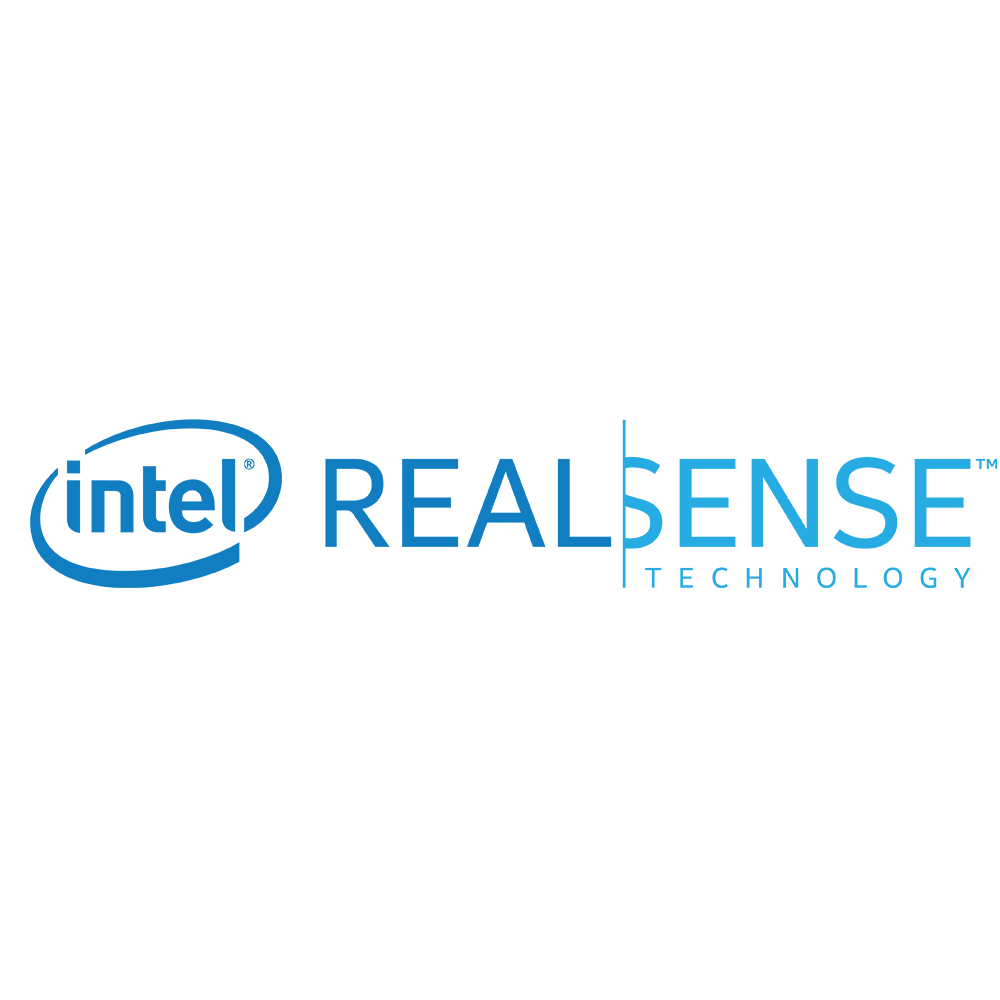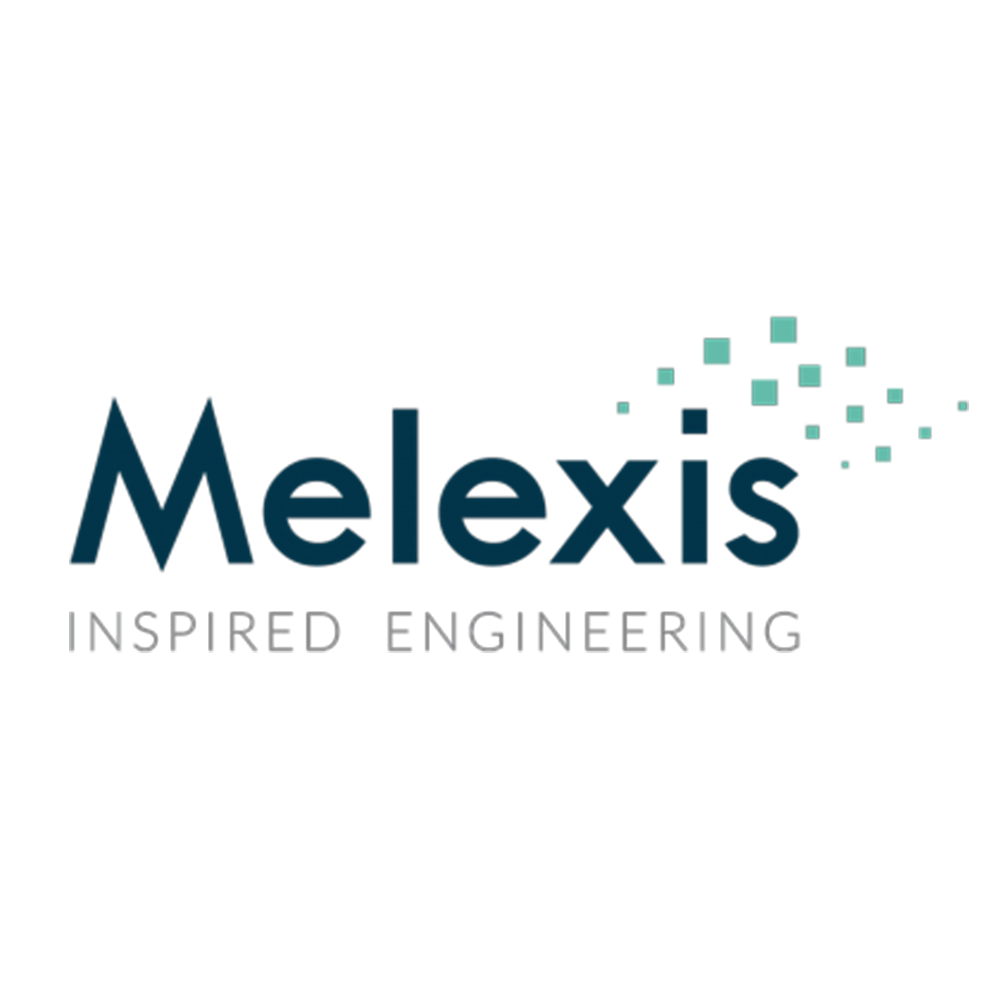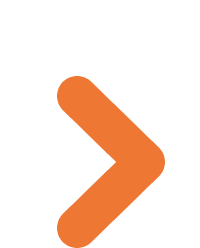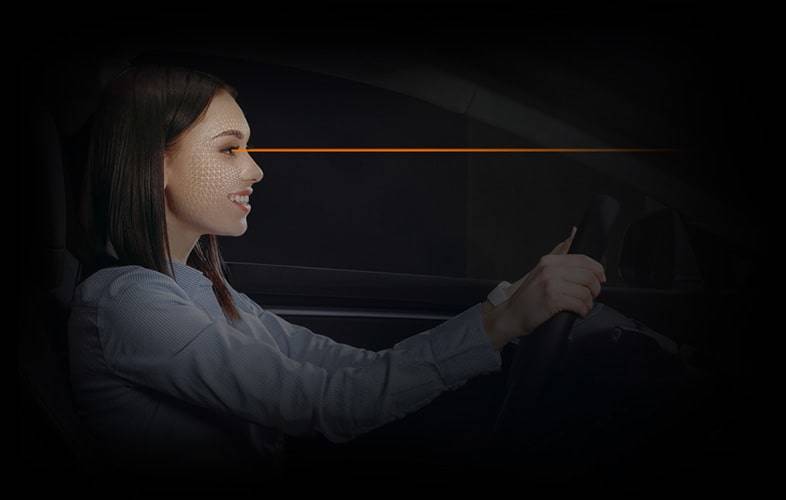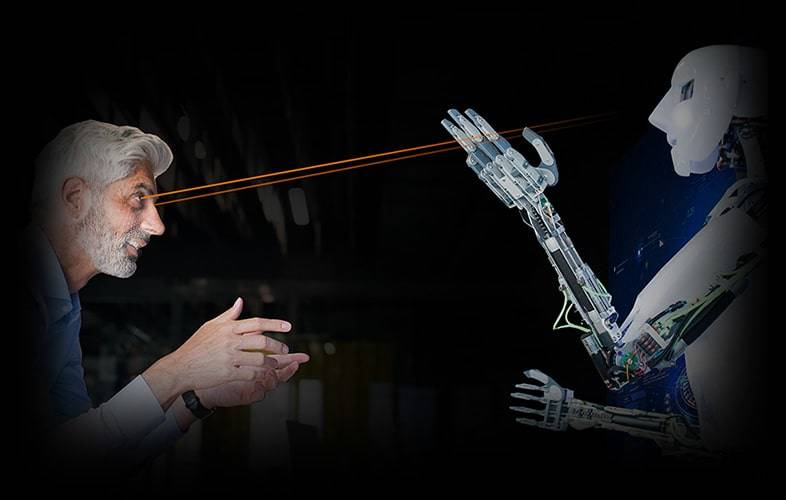HEAD AND EYE TRACKING SOFTWARE TRUSTED BY INDUSTRY LEADERS
Eyeware develops software-only head and eye tracking technology for webcams and 3D sensors to advance natural connections between people and their devices. Our patent-pending remote head pose and gaze tracking technology is trusted by industry leaders in the consumer electronics and automotive sectors.
EYE TRACKING SOFTWARE PRODUCTS
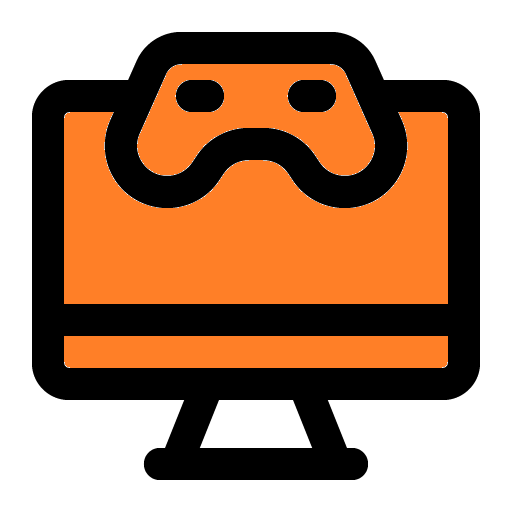
Eyeware Beam iOS App
Turn your real-life head movements into in-game actions with 6DoF head tracking.
Transform live streams with an eye-tracking gaze bubble overlay. Viewers see wherever you are looking on your screen in real-time.

Eyeware Beam API
Turn phones into robust and affordable head and eye trackers with early access to the API.
Build head and eye tracking-enabled PC solutions with real-time tracking data for gaming, simulation, AAC, biometric, and other devices.
SOLUTIONS
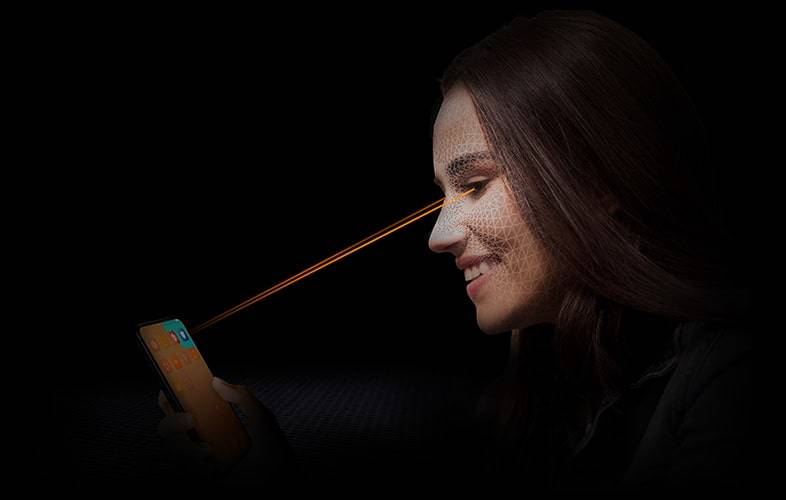
MOBILE & TABLET OEMs
Use eye-gaze to increase security and privacy, enable natural interactions and grant faster access to functions of your smartphone or tablet.
SOLUTIONS
MOBILE
Interact with your smartphone or tablet in a natural way using only your eye-gaze. Discover a new way to communicate.


